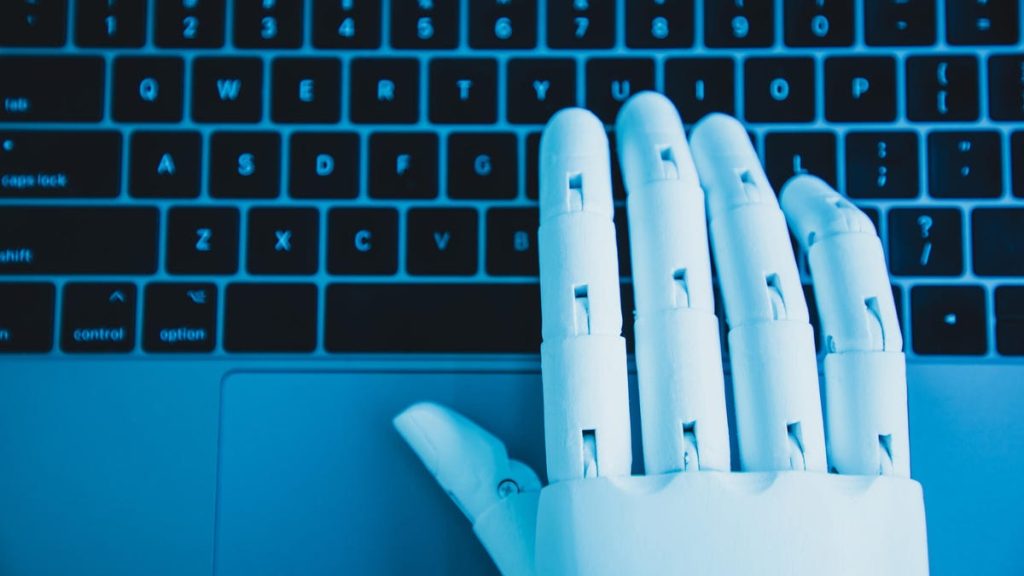Recent Advancements in AI Text Detection: Evolving Techniques and Ethical Considerations
Introduction:
AI tools for detecting AI-generated text have seen significant advancements, particularlyXB Copyleaks, a company known for their Plagiarism Detection (PD) software. This article explores how Copyleaks identifies AI-written content, focusing on its mechanisms of distinguishing between human and AI-generated text.
Copyleaks’ Mechanism:
Copyleaks uses advanced AI algorithms to analyze documents beyond traditional plagiarism checks. Its AI Source Match PD identifies text likely AI-written based on emerging patterns and AI-generated content metrics, while its AI Phrases PD targets specific phrases or phrases grouped together that are more common in AI content than human-written. This dual approach provides deeper insights than standard AI debugging tools.
Testing and Distinguishability:
Copyleaks successfully flagged AI-created sections like.Get(targets of social media) or Future of Art. These examples highlight its ability to pinpoint nuances that make AI work distinct, emphasizing the need for human oversight in such cases.
Ethical and Practical Aspects:
While Copuleas tools offer transparency, they still face false positives.diet issues like using phrases meant for children or involving "genuinely" human-like jargon can confuse observers. The tool’s increasing trustworthiness underscores the limitations of AI in some areas but also raises the ethical question of what, if not all, AI contributors morality require human judgment.
Conclusion:
AI detection remains empowering, yet it serves a dual purpose. While it assists in identifying potential AI-generated text, its reliance on metrics and metadata makes it incompletely reliable. Human expertise remains crucial, ensuring tasks are approached critically and honestly. As AI tools continue to evolve, their role in the digital world may balance their potential for disruption and amplification of false secrets.

